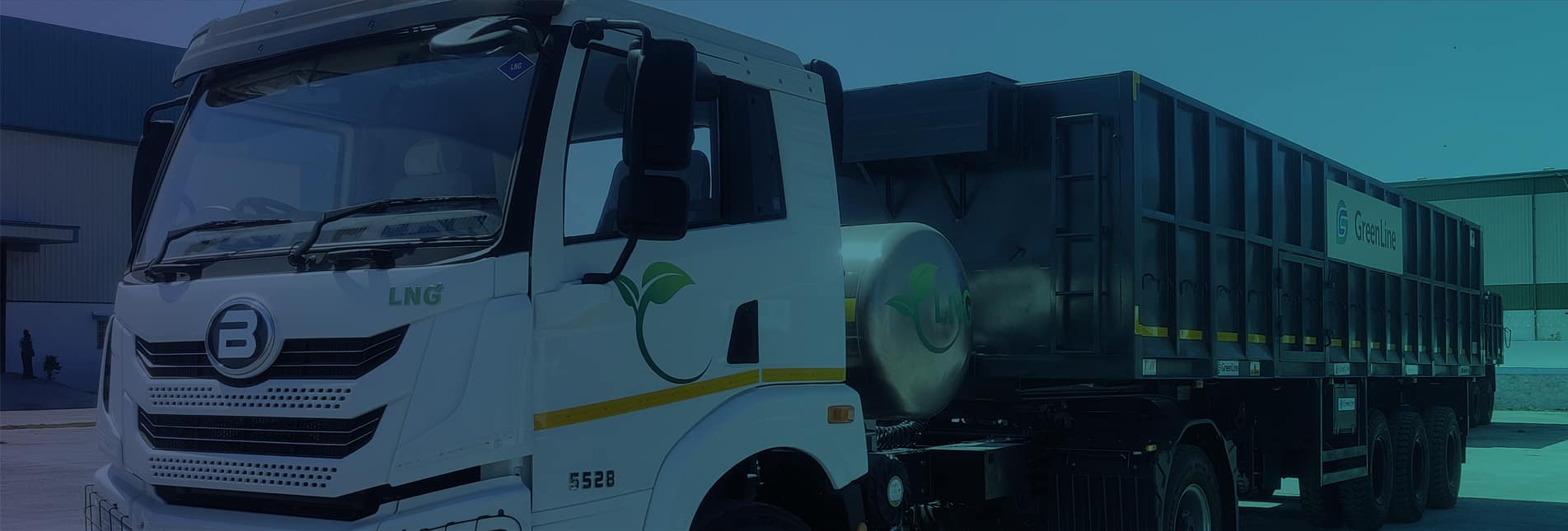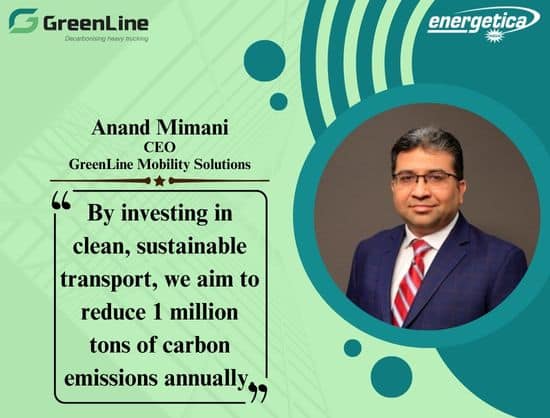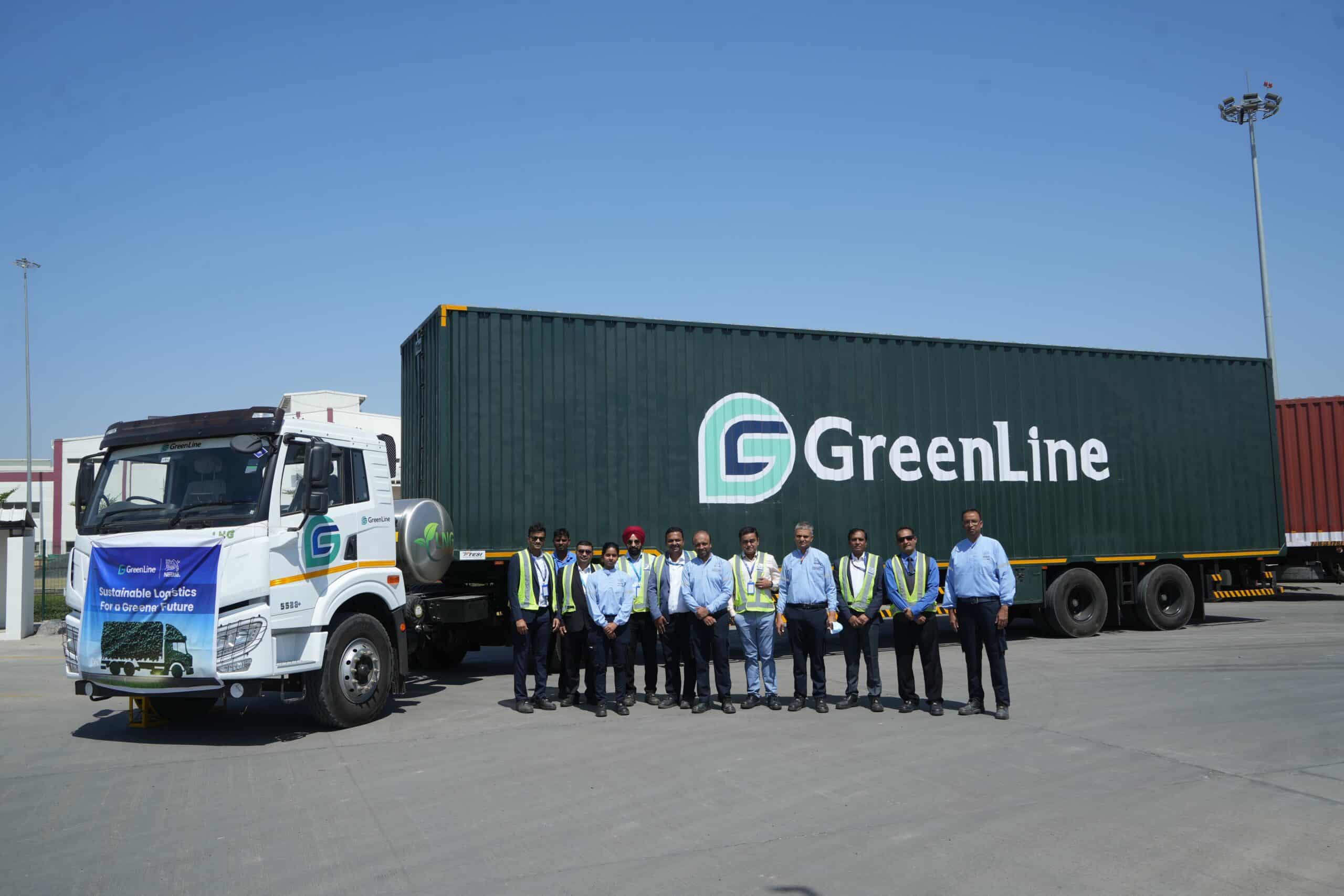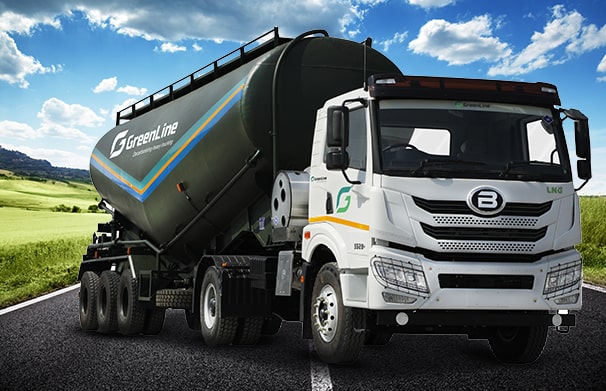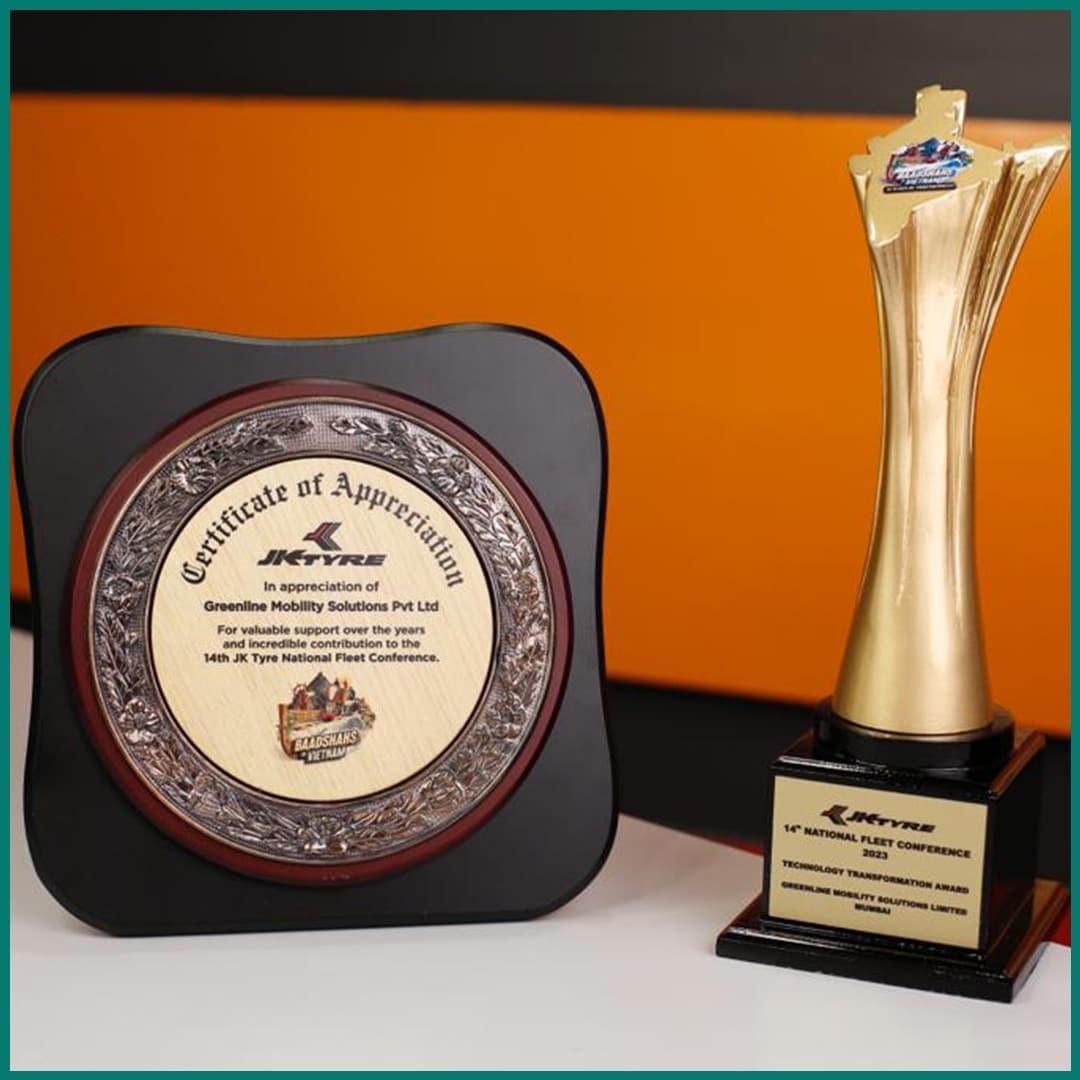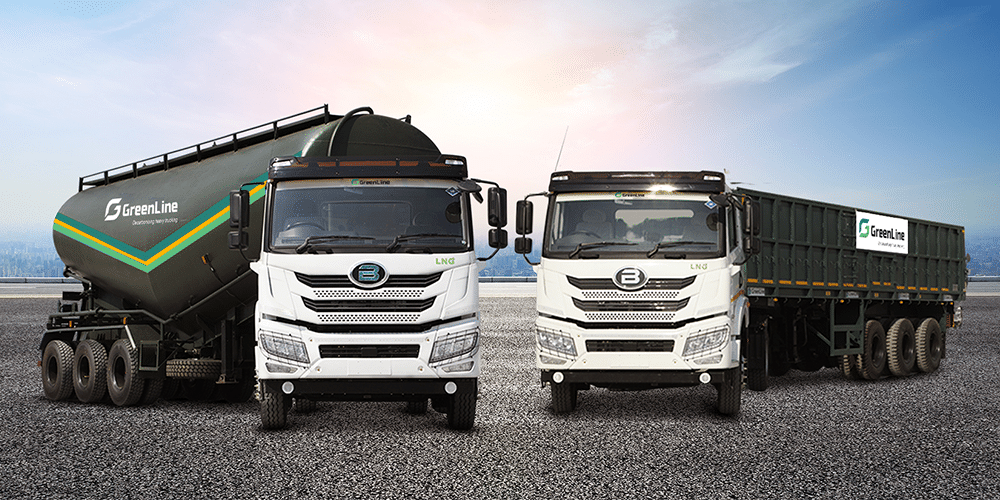We Plan to Scale our EV, LNG truck fleet to 10,000 Vehicles: GreenLine CEO Anand Mimani
Que: Can you share the vision behind GreenLine Mobility Solutions and its role decarbonising India’s road logistics sector?
Ans: GreenLine Mobility Solutions envisions transforming India’s road logistics sector by decarbonizing the heavy commercial truck fleet. With road logistics contributing to 15 percent of India’s total carbon emissions, we are committed to transitioning to LNG and electric-powered trucks. By investing in clean, sustainable transport, GreenLine aims to reduce 1 million tons of carbon emissions annually while supporting India’s goal to cut greenhouse gas emissions by 30 percent by 2030.
Que: GreenLine operates a fleet of over 500 LNG-powered trucks. What are the primary advantages over traditional diesel-powered trucks?
Ans: GreenLine’s LNG-powered trucks offer several key advantages over traditional diesel trucks. Environmentally, they reduce CO₂ emissions by up to 30 percent and eliminate SOx emissions entirely, while also cutting NOx, CO, and particulate matter by significant margins. Economically, LNG trucks operate at cost parity with diesel trucks, offering customers a sustainable solution without additional costs. These benefits make LNG trucks a more eco-friendly and cost-efficient choice for businesses aiming to reduce their carbon footprint.
Que: What specific environmental and economic impact have you observed through using LNG trucks in reducing pollution and operating costs?
Ans: The use of LNG trucks has delivered significant environmental and economic benefits. Our fleet has already covered over 40 million kilometers, reducing CO₂ emissions over 10,000 tonnes. LNG trucks typically reduce CO₂ emissions by up to 30 percent, eliminate SOx emissions entirely, and significantly cut NOx, CO, and particulate matter. Economically, LNG trucks operate at cost parity with diesel trucks, offering a sustainable solution without additional operational costs. Although the upfront cost of an LNG truck is higher, it is more affordable to own and operate in the long run. With annual mileage of 80,000 km, the initial investment can be recouped in as little as a year and a half, making LNG trucks a cost-effective and eco-friendly choice.
Que: Are there any other fleet expansion plans on the horizon, or exploring new markets outside India?
Ans: In the domestic market, yes. At present, we operate a fleet of 650 LNG trucks, which forms the backbone of our sustainable logistics strategy. We also have an ambitious plan to scale this number up to 10,000 trucks over the next few years, which will include a combination of both LNG and EV trucks along with the establishment of a nationwide network of 100 LNG refuelling stations, EV charging stations with battery swapping facilities.
Que: The green mobility ecosystem, created by Essar, is vital in providing in-house OEMs cleaner fuel and logistics. Can you tell us how it supports GreenLine’s operations?
Ans: Essar’s green mobility ecosystem has been instrumental in supporting GreenLine’s operations by building a foundation where cleaner fuel and logistics come together seamlessly. The ecosystem brings together every critical piece—from the manufacturing of LNG-powered trucks through Blue Energy Motors, to the development of green fuel infrastructure and large-scale renewable energy deployment.
This integrated approach allows GreenLine to operate the country’s first and largest fleet of LNG-powered trucks, helping customers significantly cut down their Scope 3 emissions. It’s a model that goes beyond just vehicle deployment—it’s about building the entire value chain required to decarbonise heavy-duty transportation.
By backing it with renewable energy generation and a pan-India LNG refuelling network, Essar ensures that GreenLine is not only able to deliver on its sustainability commitments, but also do so at scale. It’s this ecosystem approach that makes the green mobility journey real, viable, and scalable.
Que: What role do you see the government playing in accelerating the adoption of green technologies like LNG-powered trucks and electric vehicles in India?
Ans: A favourable policy environment is crucial to facilitating any technological transition, not least the shift to sustainable mobility. The government has already demonstrated its commitment to building a green mobility movement in the country. The support extended to electric vehicles through PM E-DRIVE scheme is well-publicised. The government is taking similar steps to enable the trucking sector to transition to LNG. There are plans in the works to transition a third of our trucking fleet to LNG over the next few years. These plans include everything from setting up LNG refueling infrastructure to creating a LNG allocation guaranteeing supply. These measures will play an instrumental role in driving the transition of our long haul trucks away from polluting diesel to cleaner LNG.
Que: As the logistics industry moves toward more sustainable practices, how do you foresee the future of transportation in India over the next decade?
Ans: As the logistics industry in India shifts toward more sustainable practices, the next decade is set to witness a major transformation in transportation. We anticipate the emergence of a mixed-fuel economy, with increased adoption of alternatives like hydrogen and bio-LNG, alongside electric and CNG vehicles. These fuels will play a critical role in reducing emissions, especially for medium and long-haul logistics, where energy density and operational efficiency are key.
At the same time, digital technologies—such as AI-driven route optimization, IoT-based fleet monitoring, and predictive maintenance—will redefine efficiency and accountability across the supply chain. Combined with investments in multimodal logistics parks and infrastructure upgrades, these developments will encourage smarter, cleaner freight movement.
The transportation landscape in India is moving toward a more resilient and sustainable future—powered by cleaner fuels, smarter systems, and a growing alignment between policy, innovation, and industry needs.


